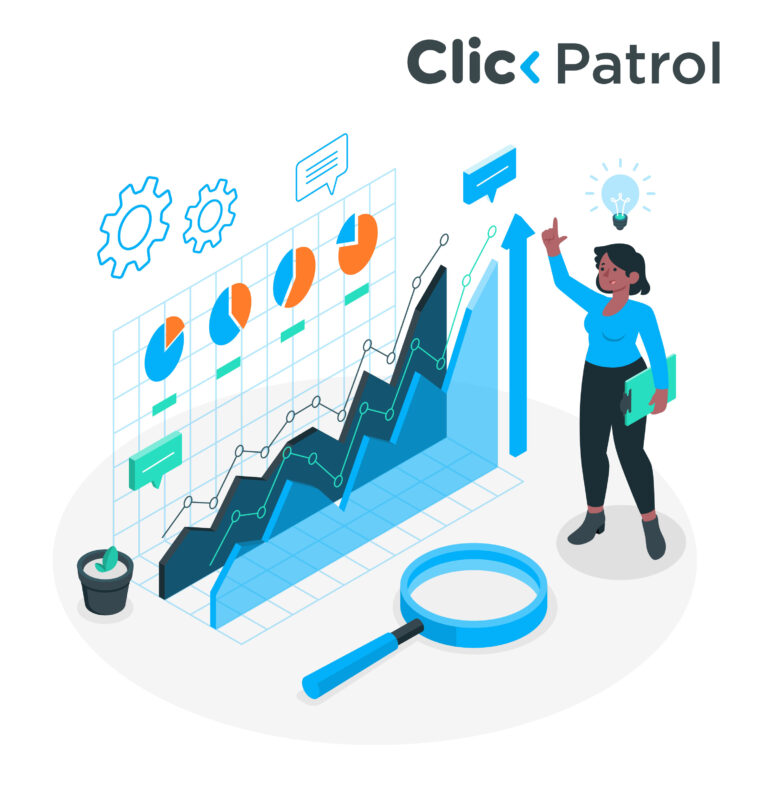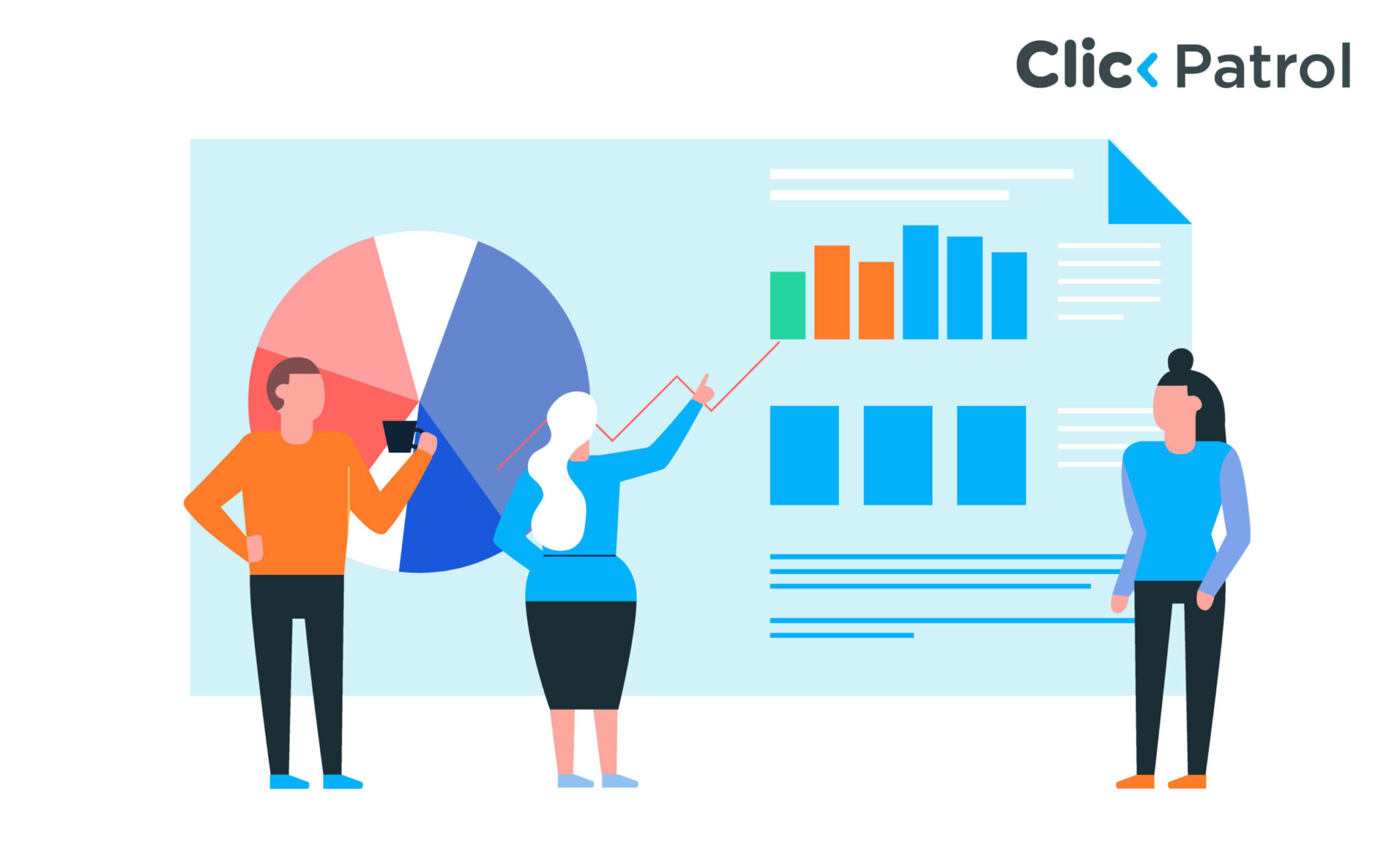
How Analytics And Conversions Can Be Used to Increase ROI on PPC Campaigns
Abisola Tanzako | Nov 22, 2023

Table of Contents
How can you increase ROI on PPC campaigns?
Optimizing your advertising campaigns is more important this season than ever as various sales and marketing teams strive to make the most of their advertising budgets. Optimizing your pay-per-click campaigns is the most effective way to ensure your ads reach the right audience and get the best return on investment (ROI).
With Google search and competing ads that appeal to your target audience, pay-per-click (PPC) advertising can bring in more revenue and new customers. This super couple can increase your ROI considerably. Google estimates that businesses can generate an average of $2 for every $1 that is spent on Google ads.
This is an excellent return on investment (ROI), but this advertising method allows businesses to reach a larger audience cost-effectively. It also makes it easier to funnel money into poorly performing campaigns accidentally. A wise approach is to leverage the power of paid advertising while actively managing your campaigns to ensure they don’t fail once launched.
To improve your ROI with PPC, you must adjust your strategy and ensure each campaign is fully optimized and tested. It will take some patience to do the necessary testing and analysis, but you can achieve higher profits by using paid advertising strategically.
Benefits of PPC Advertising
PPC advertising suits your business, especially if you want to save on marketing costs. You can control your spending and use precise audience targeting to reach people predisposed to buy your products and services. Ad results are easy to track and measure, providing insight into everything from impressions and clicks to conversions. Also, the built-in data analysis allows you to monitor and adjust your campaigns, which helps small businesses work on their approach and achieve better results when necessary.
PPC advertising helps increase brand awareness and drive relevant traffic to carefully selected landing pages on your site that are ready to convert customers.
How Analytics and Conversions Can Be Used To Increase ROI on PPC Campaigns
PPC advertising campaigns are easy to set up and run, with strategic targeting capabilities and flexible budgets. However, there are better strategies than simply planning and launching one campaign at a time, which can quickly deplete your budget.
By analyzing campaign performance data and continually experimenting with different advertising elements, you can understand what works and what doesn’t and improve your campaign performance over time.
With the strategies below, you can improve your PPC campaigns’ effectiveness and maximize your ad spend’s effectiveness.
1. Refine your audience targeting
You can adjust your audience. Refine your ad targeting by leveraging campaign performance data, which ensures that your advertisements effectively reach your intended audience. Although you can initiate the process with general demographics and interests, evolving and fine-tuning your targeting strategy is essential as you gather more insights from your campaigns. Feel free to get more specific as you progress.
You can target users based on search intent, purchase likelihood, and interest topics. Of course, the smaller the target group, the higher the cost. As that happens, adjust the parameters to stay within your budget.
Tip: Narrowing your focus may make other decisions easier as your focus is on a particular group, and your ad creation is focused on catering to that group.
2. Customize your ads.
Once you determine your target audience, create custom ads to target those consumers. First, determine what your target audience is interested in by considering their needs and pain points. Next, choose the appropriate keywords. Next, craft ad copy and creative assets that communicate your strategic message directly to that group.
Customization may include creating specific visuals for advertising campaigns, optimizing for particular devices, or experimenting with dynamic ads tailored based on user data. Ensure your creative is always on-brand to increase awareness when viewers see your ads and other sales and marketing materials.
Tip: Creating custom ads more likely to reach your ideal users allows you to narrow your targeting without increasing your ad spend.
3. Strategically use your campaign budget
Once you’ve selected your target audience and created your ad, you must plan your campaign budget. With careful management, you can continually adjust your budget to guarantee an optimal return on investment (ROI) from your marketing initiatives.
Experiment with manual and automated bidding methods to determine which yields the most favorable outcomes at the most cost-effective rates. Stay ready to adjust and pivot in response to shifts in the market and evolving consumer preferences.
Tip: Controlling your advertising costs allows you to optimize your return on investment and test different strategies to find your best approach.
4. Test advertising elements
Testing is an essential part of advertising because it helps you optimize your campaigns and allows you to get the desired results at a lower cost. By testing different elements, you can see what works and what doesn’t and optimize future campaigns with this information in mind.
You can experiment with various ad components, including headlines, ad copies, and visuals, to determine what is best and adjust your campaign accordingly.
Tip: Always use split testing or conduct A/B testing to evaluate diverse variations of your ad. Set clear test goals and change only one variable at a time. For example, switch ad copy or images, not both.
5. Make improvements informed by performance data
Continuously observe your campaigns to spot patterns and opportunities for improvement. You can adjust your targeting, improve your ad copy, and test different ad elements as you watch your results change. Take advantage of the opportunity to optimize bids for keywords and placements that generate the most clicks and conversions.
Learn what types of campaigns work for your audience and which styles can fail. This information helps you strategize future campaigns to achieve better results in the long run.
Tip: Please be patient with your ad. It is essential to collect data over a sufficient period to see results. So be patient at first.
Conclusion
Paid advertising has become an essential part of an effective marketing strategy, but you must actively manage your campaigns to ensure you get the return on investment you expect.
With active involvement from you and your marketing team, you could avoid overspending on underperforming ads, attracting low-quality traffic that doesn’t convert, or missing out on opportunities to take advantage of patterns. Without ongoing campaign management, they can degrade performance, lower your overall return on investment, and deviate from your original business goals.
Please note that this process may take some time. However, if you are patient and focused, you can achieve your campaign goals and improve your ROI over time.
By adjusting your strategy and continually testing and refining your campaigns, you can identify what’s working and what’s not. This allows you to use your budget more effectively, stay competitive, and achieve better ad results.
Running an advertising campaign that reaches your desired audience and effectively promotes your brand takes effort, but it can be a worthwhile investment. By paying close attention to your ad performance and making necessary adjustments, you can get the most out of every penny in your ad budget.





